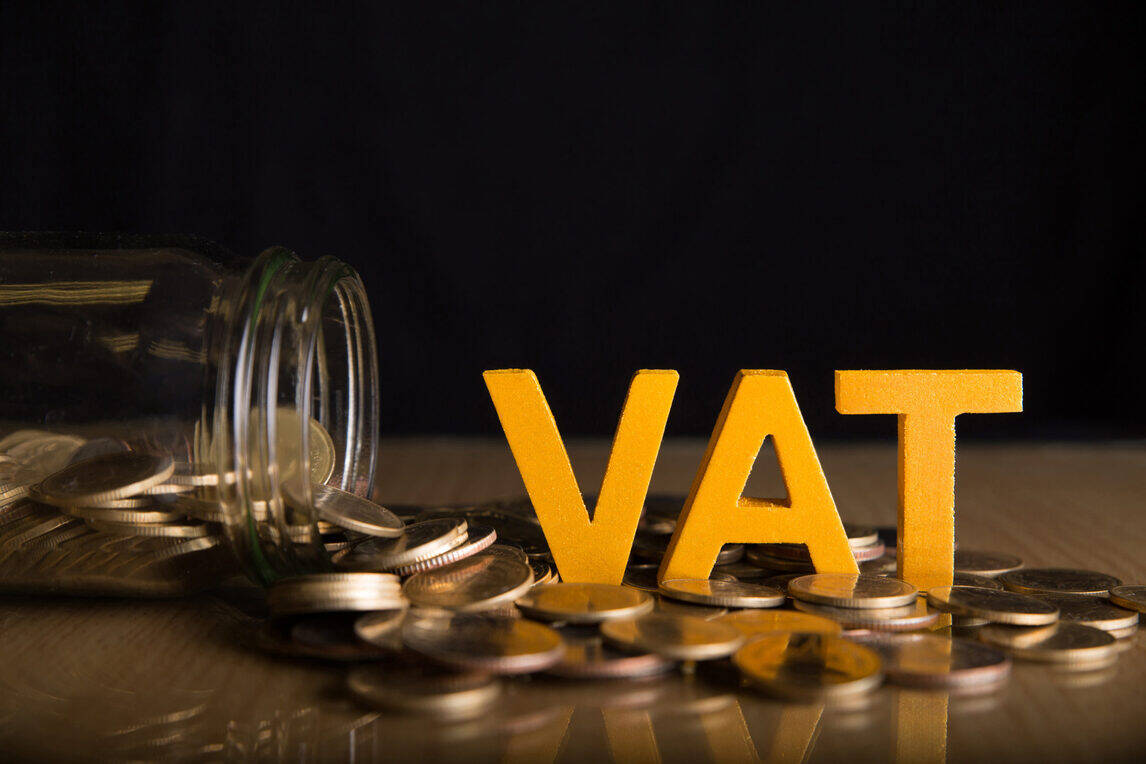7 Crore+ Customers

Affordable Premium

7 Crore+ Customers

Affordable Premium



The introduction of Value-Added Tax (in 2005) by the Government certainly impacted the revenue generation in India. The new taxation system replaced the prevailing general sales tax laws. The State Government is responsible for collecting VAT; hence the rules regarding this taxation vary from one State to another.
The following section talks about the VAT in Maharashtra; read on!
VAT is levied on the sales of goods and services after commodities are sold to consumers. The producers pay this indirect tax to the Government.
Individuals paying VAT in Maharashtra must know the Maharashtra Value Added Tax was introduced in 2002 and came into effect in 2005.
As per this act, a dealer, i.e. person or persons involved in buying and selling goods within the State, must pay tax based on the sales turnover within the State.
In the State of Maharashtra, VAT rates are imposed on five separate categories.
The following table shows the schedules of VAT in Maharashtra and its rates:
|
Schedules |
Applicable Goods or Services |
VAT Rates in Maharashtra |
|
Schedule A |
Manually operated agricultural implements, electricity, firewood, salt, etc. |
VAT Exempt |
|
Schedule B |
Jewellery, Precious Metals, Precious Stones, Imitation Jewellery, etc. |
1% or 1.1% |
|
Schedule C |
Agricultural machinery, cotton yarn, bicycles, medical drugs, paper, etc. |
2% or 3% or 4% or 5% |
|
Schedule D |
Foreign Liquor, Wine, High Speed Diesel Oil, Aerated Drinks, Cigars, Cigarettes, etc. |
20% and above |
|
Schedule E |
Those goods not mentioned in any of the above. |
12.5% |
Following is a list of individuals who must pay Value-Added Tax in Maharashtra.
Every business generating an annual turnover of ₹ 5 lakhs or more must pay VAT in Maharashtra. For importers, the annual turnover should be more than ₹ 1 lakh to pay this amount.
Businesses on which VAT is applicable must complete the registration process. Follow the steps mentioned below to complete VAT registration for VAT in Maharashtra.
Visit the official website of the Maharashtra Goods and Services Tax Department. Sign in and fill up form no. 101. Get an acknowledgement for MVAT and complete CST registration on the appointed date. Individuals must keep all the documents and self-attested copies. Post-verification of documents, the Service Tax Officer will allot a TIN.
Individuals have to log in to the website of the Maharashtra Goods and Services Tax Department after 24 hours. Next, they have to register a TIN number to activate the account. Individuals can take a copy of generated mail to the respective officer to obtain a physical copy of the registration.
Get a photocopy of the Power of Attorney in Form 708 and 709, as well as the acknowledgement letter. At last, the respective officer will give you the certificate.
Note: TIN (Tax-payer Identification Number) is the same as VAT (Value-added Tax). Individuals receive TIN when they apply and register for VAT.
To complete a VAT registration process in Maharashtra, individuals must upload the following document list:
Individuals need not submit any proof in case of a Proprietary firm.
The VAT registration amount varies depending on the type of registration. These are discussed below:
In case individuals pay this fee via Demand Draft and Pay Order, they can do so in favour of “Bank of Maharashtra A/C MVAT”, which is payable at Mumbai for Mumbai Jurisdiction and “State Bank of India, A/C MVAT” in the respective jurisdiction.
Here is a way to pay VAT registration fees through the bank website.
Step 1: Visit the official website of your bank. Enter the MSTD e-Payment TIN and click on “Submit”.
Step 2: It will lead you to the MTR 6 form. Select “Maharashtra Value Added Tax ACT 2002” under the ACT.
Step 3: Select your nearest MSTD office location. Set the date in the right format.
Step 4: Select “Fees for various reasons” as a Remark. Enter the registration deposit or fee amount, if any.
Step 5: Click on the validation button. Follow the next instructions on the e-payment process.
Step 6: Download the payment challan from the next page. Upload it under the “Document Upload” section.
Businesses that generate lower turnover than ₹ 5 lakhs will be eligible to file for a return against the VAT payment. Here are the steps to do so.
Step 1: Visit the official website for VAT Maharashtra. Log in with your credentials.
Step 2: Download the zip file of Form 14D. Unzip the same.
Step 3: Fill up all the annexures and sections as per instructions. General XML files after filling up the details.
Step 4: Upload only Form 14D in XML format, and the annexures will be digitally processed. Download the acknowledgement slip.
Dealers must file correct and complete returns in a prescribed form within the due date.
The due date varies depending on the dealers and tax liability and can be monthly, quarterly, or half-yearly. These are discussed in tabular format.
|
Category |
Due Date of Return Filing |
|
Dealers whose tax liability in the previous year goes beyond ₹ 10 lakhs or ₹ 1 crore in case of refund entitlement. |
Monthly (21 days from the end of month/quarter) |
|
Dealers who signed under Package Scheme of Incentive; dealers whose tax liability exceeds ₹ 1 lakh but up to ₹ 10 lakhs or refund entitlement exceeds ₹ 10 lakhs but up to ₹ 1 crore in the past year; newly registered dealers (w.e.f. 1-5-2010). |
Quarterly (21 days from the end of month/quarter) |
|
Newly registered dealers (up to 30-4-2010); retailers who opted for composition Scheme; dealers whose tax liability was up to ₹ 1 lakh or Refund entitlement up to ₹ 10 lakhs in the past year. |
Half yearly (30 days from the end of six months) |
VAT is an indirect tax imposed on a commodity at different stages whenever it adds value to the supply chain, from manufacturing to sale. Consumers or end-users pay the VAT amount, which is calculated on the cost of the product by subtracting all the taxes used in the product.
On the other hand, GST (Goods and Services Tax) is also an indirect tax levied on the supply of products and goods. This is a destination-based, comprehensive tax that replaced almost all indirect taxes except a few state taxes.
In the case of VAT, individuals have to pay tax at every stage of product transfer or movement. Contrarily, GST allows individuals or consumers to pay tax on the end product.
In addition, these two taxes differ in the collection process as well. The State Government collects VAT. On the other hand, the Central and State Government is involved in resourcing GST from every sale and dividing the amount.
Further, under VAT, a taxpayer can claim the advantages of the Input tax credit on the supplied products, whereas the same benefit is available under GST.